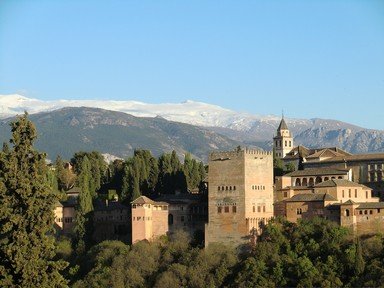
Who Fought When? Wars and Spain Quiz
Three famous Spanish conflicts and 15 historic figures are given. Can you match each person with their correct era?
A classification quiz
by parrotman2006.
Estimated time: 3 mins.
- Home
- »
- Quizzes
- »
- History Trivia
- »
- European
- »
- Spanish